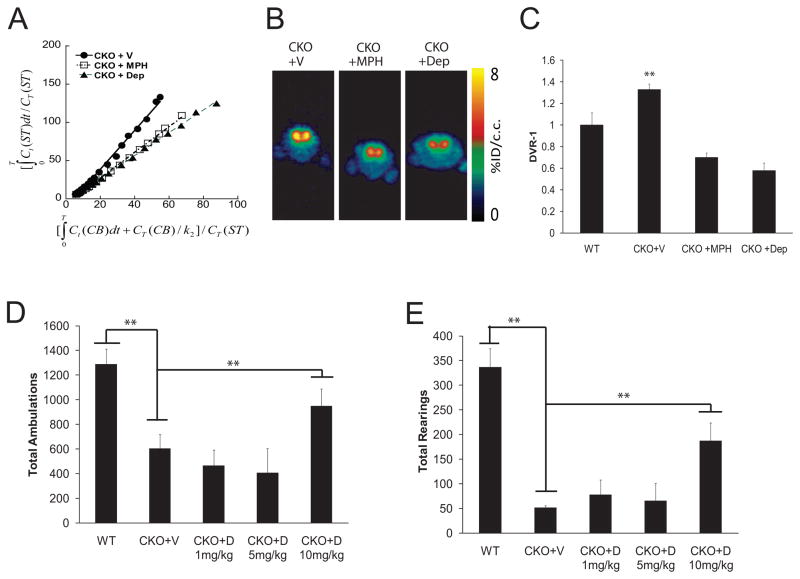Fig. 2. MPH and L-Deprenyl treatments restore [11C]-raclopride binding and improve exploratory and attention behaviors.
(A) Representative Logan plots and (B) [11C]-raclopride transverse PET images (summed across 5–60 minutes) of vehicle-treated CKO mice and CKO mice following MPH and L-Deprenyl administration are shown. The colorscale bar indicates the normalized peak uptake (percent injected dose per cubic centimeter tissue; %ID/cc). (C) In these experiments, both MPH and Deprenyl reduced [11C]-raclopride binding in the striatum to WT levels (p=.02, p=.005; N=4). Ct = tissue radioactivity at time t; T = time point of each frame of PET scanning course. During a 1h exploration of a novel environment, total ambulations (D; p=.02; N=8) and total rearings (a measure of non-selective attention) were increased in CKO mice (E; p=.0001; N=8) beyond Bonferonni correction (p=.05/4=.0125) following L-Deprenyl (CKO+D; 10mg/kg) treatment. All mice used for the PET imaging experiments also underwent behavioral testing. Additional independently-generated WT and CKO mice, which did not undergo PET imaging, were included in the behavioral experiments.

